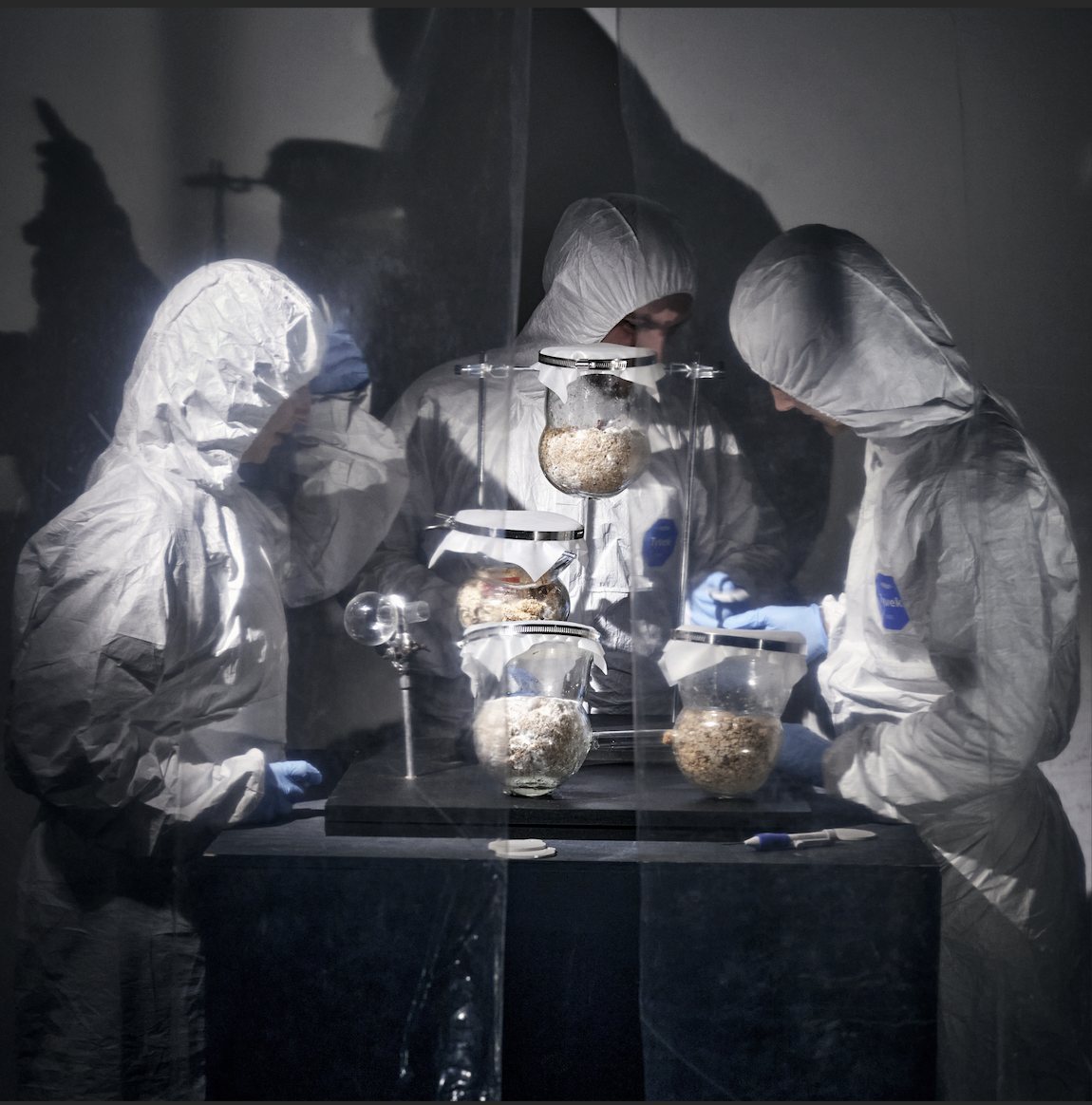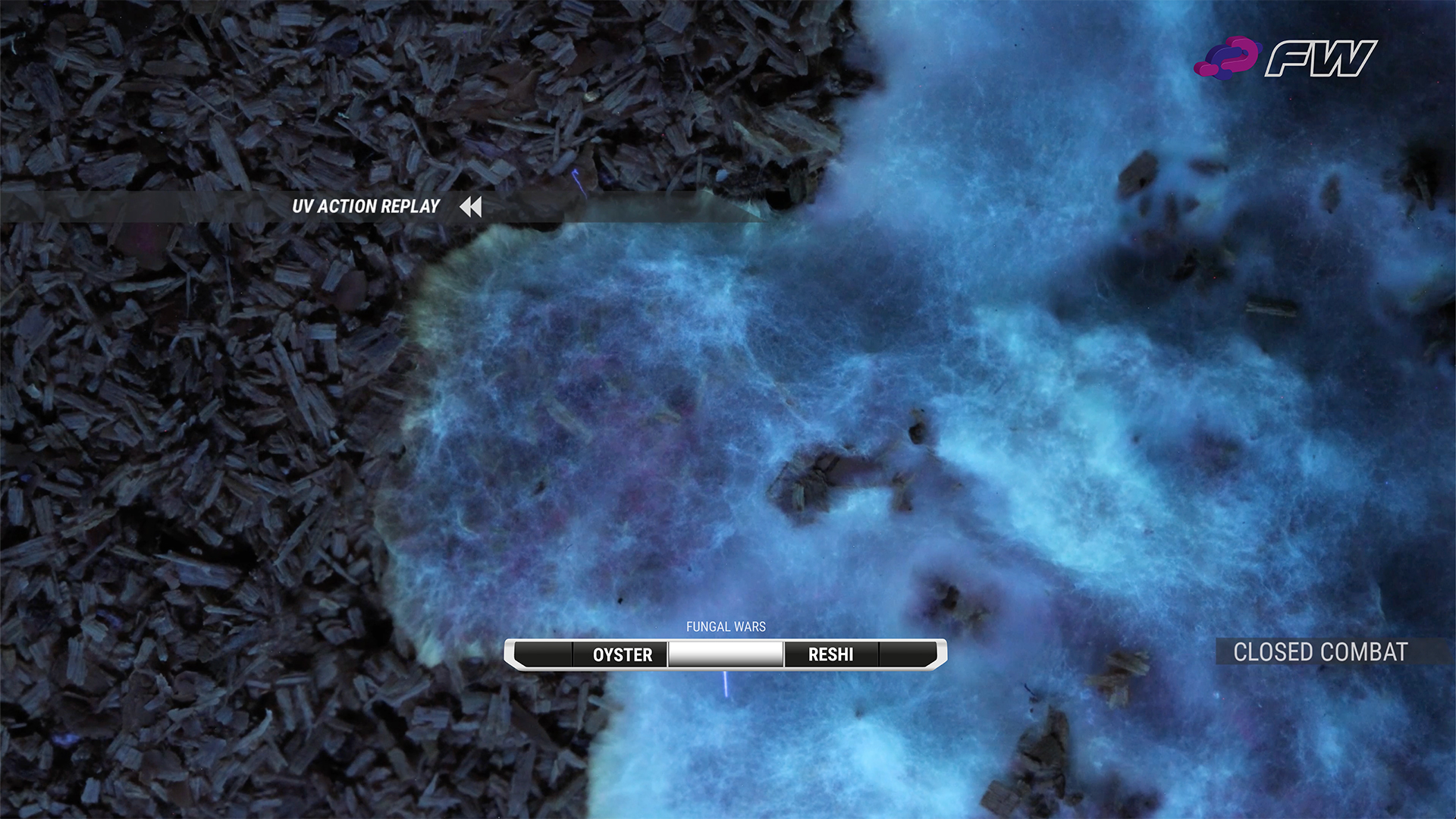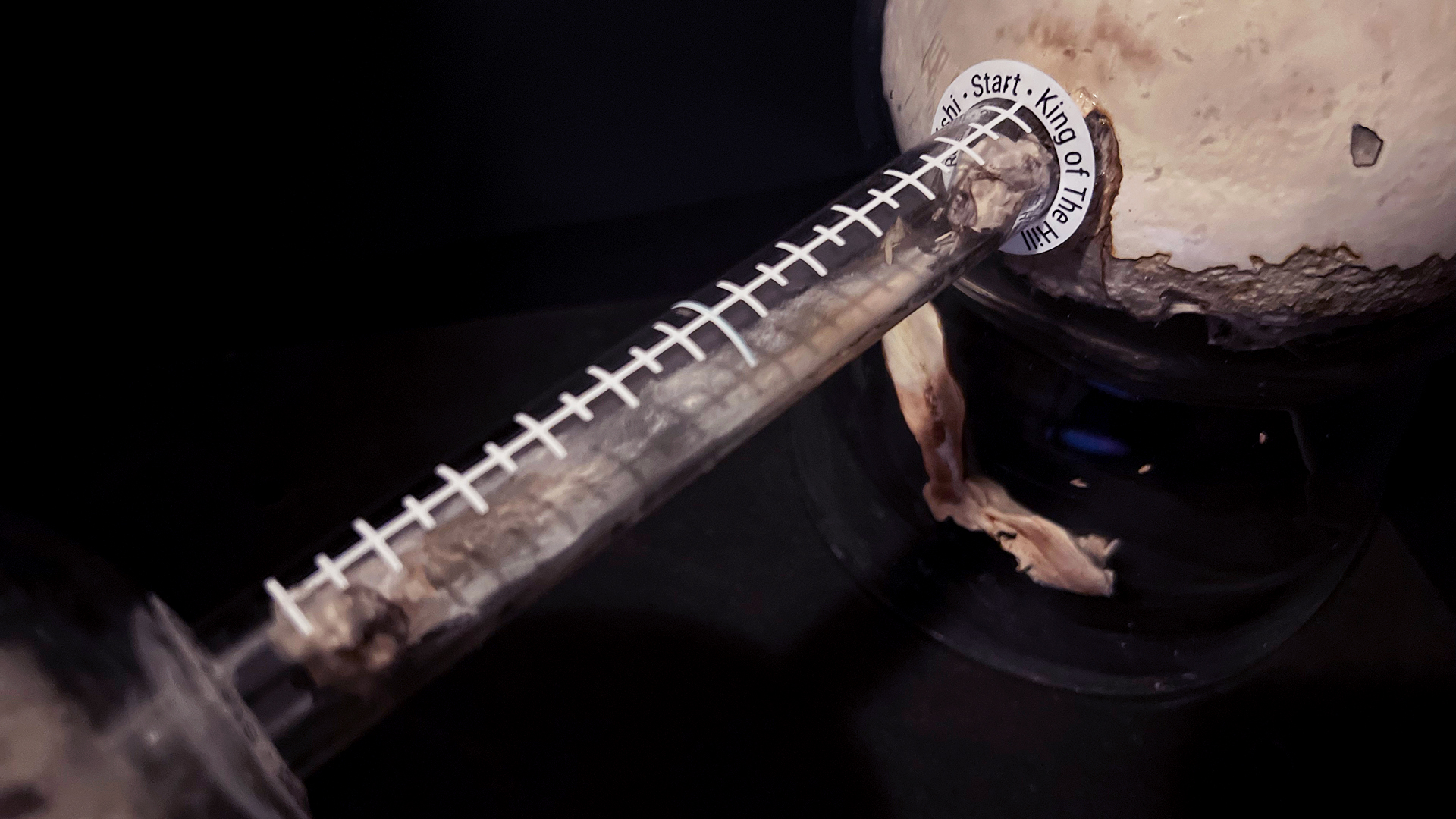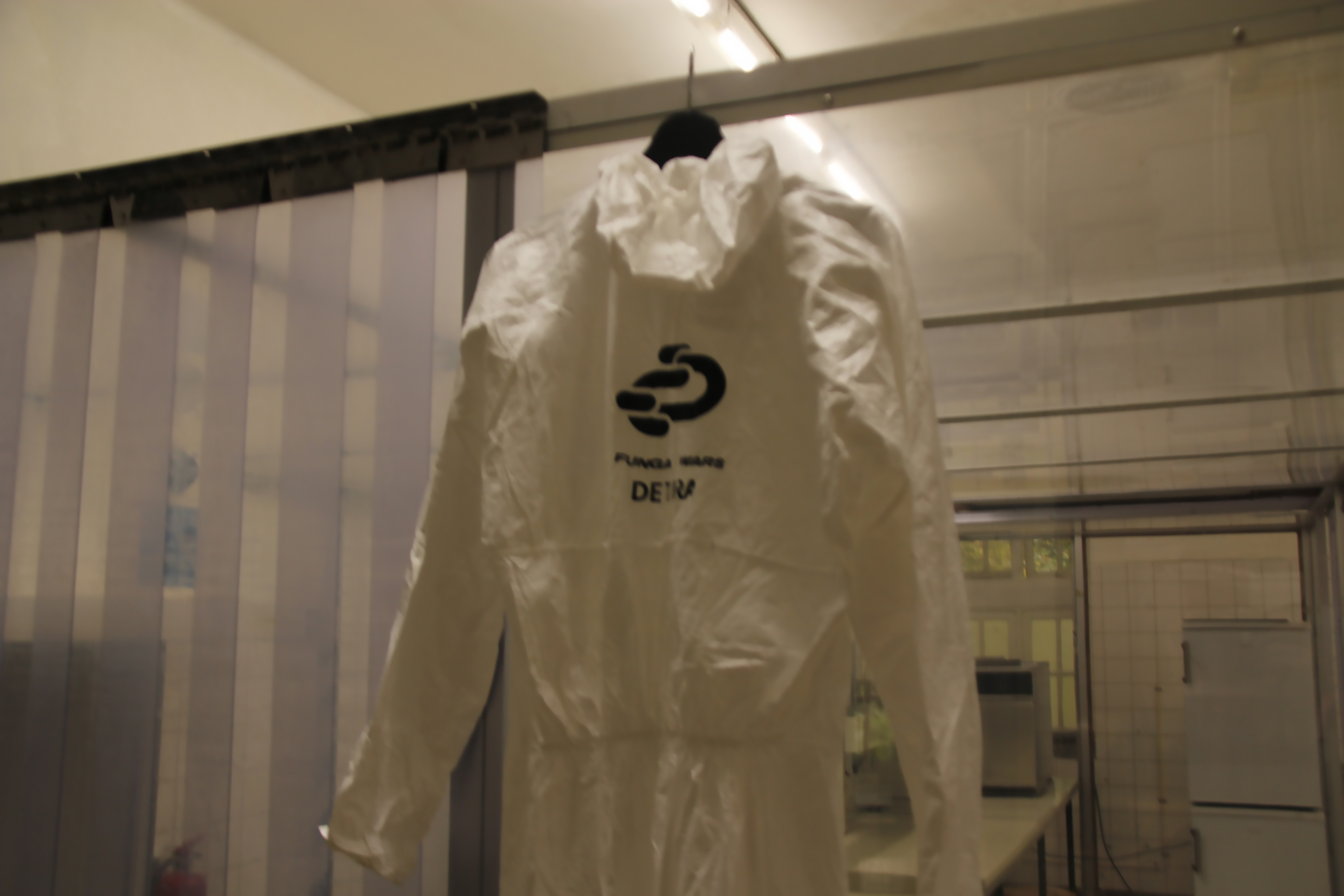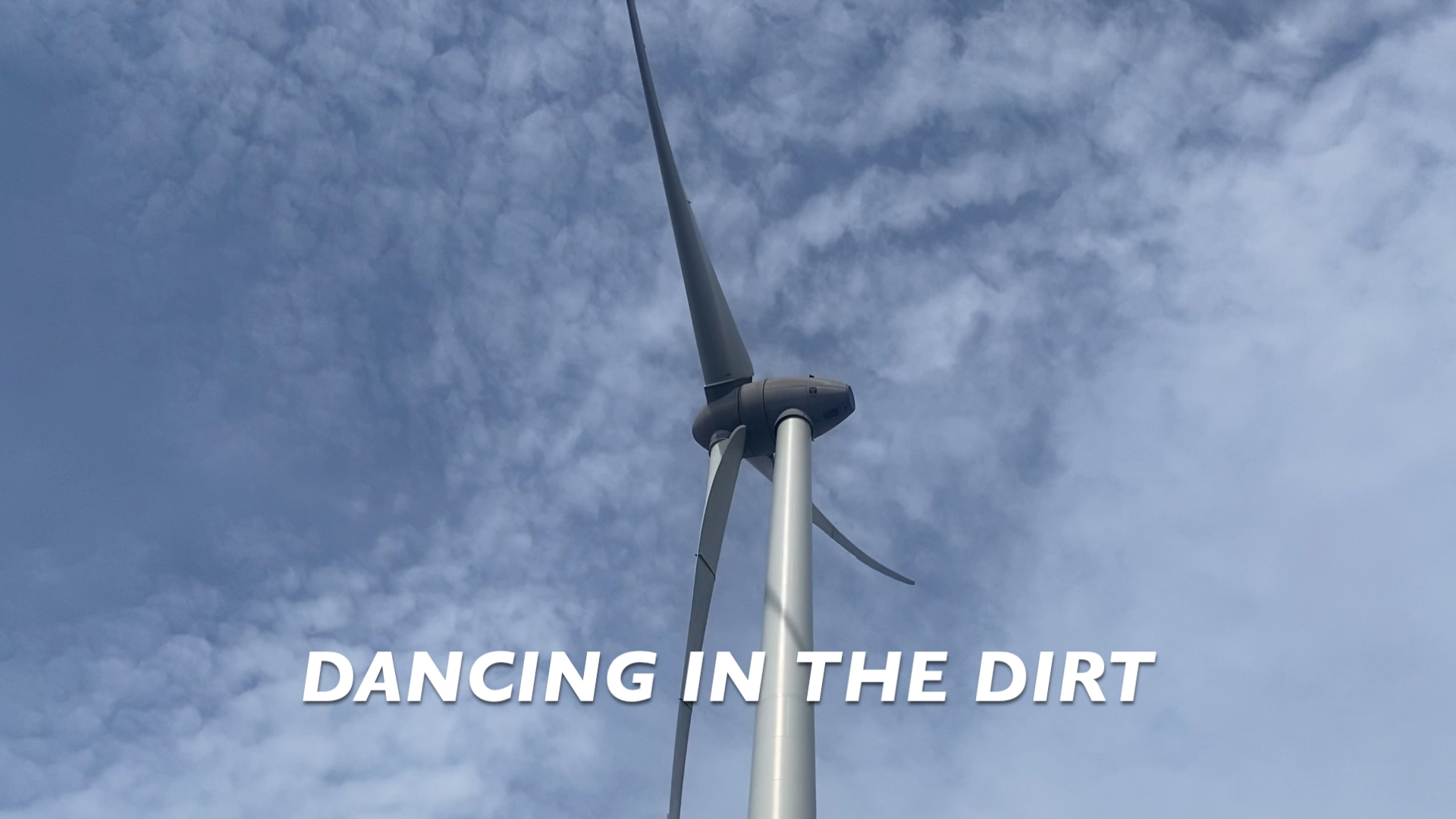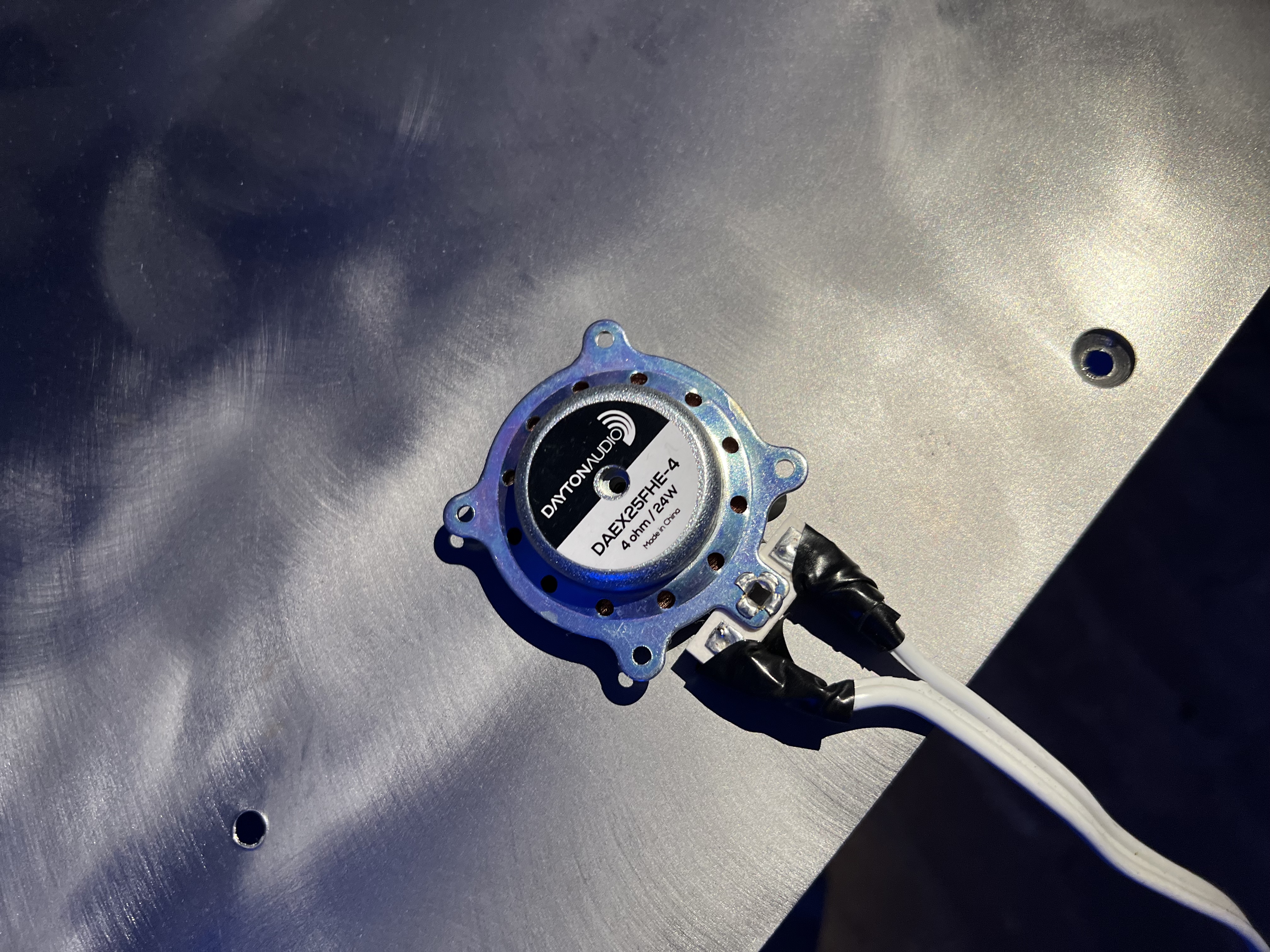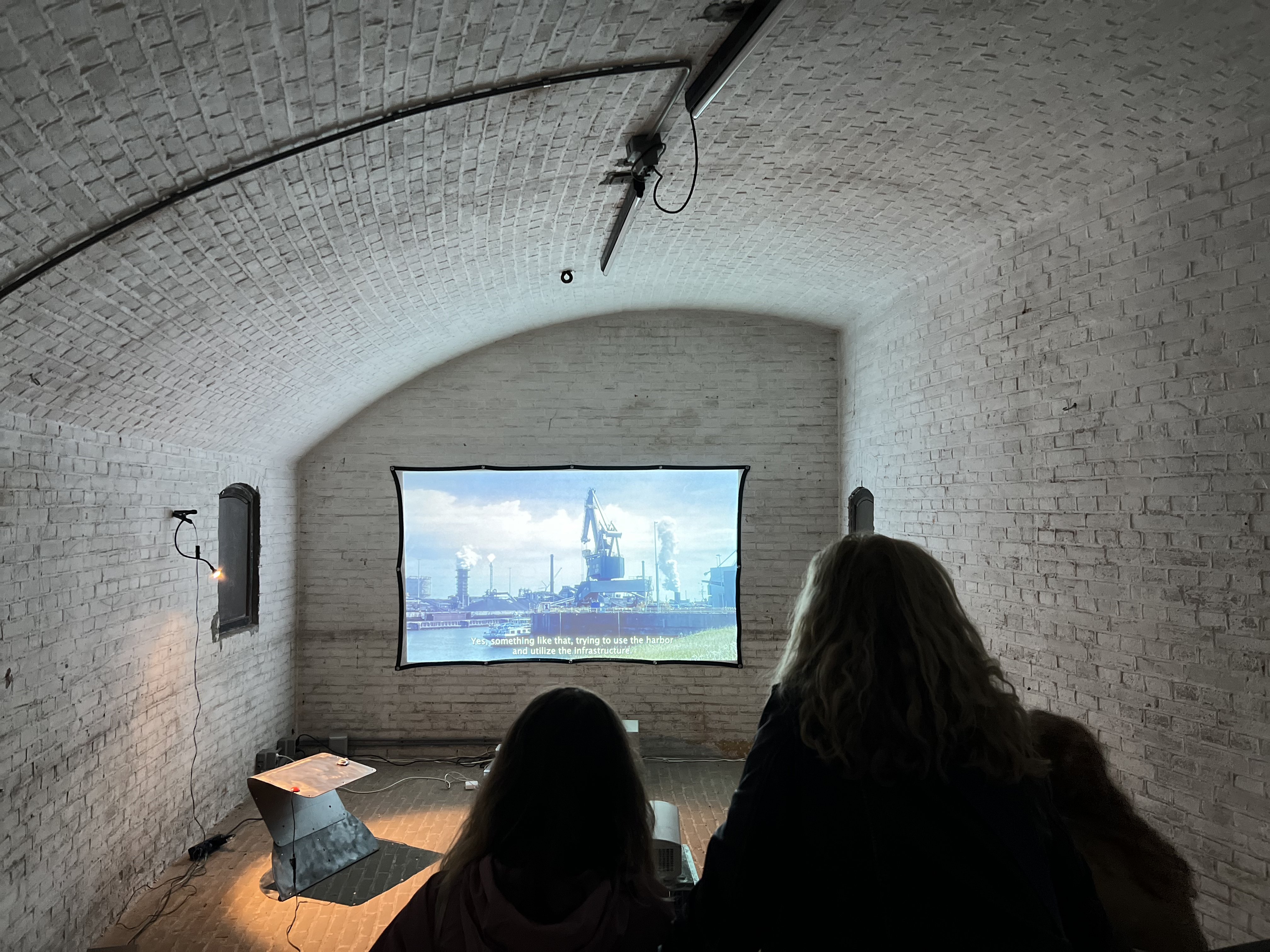TWEE
TWEE is a research-based music project exploring neural networks, spatial audio, and cultural exchange, led by Malou and Xiao-wan started in 2023.
Research and sound output from TWEE are best present through live set performances. Previous performances have been presented at Avalon Café (UK), MONOM Berlin (DE), CrawlSpace (NL), and Samba Festival (PL).
TWEE is a research-based music project exploring neural networks, spatial audio, and cultural exchange, led by Malou and Xiao-wan started in 2023.
Research and sound output from TWEE are best present through live set performances. Previous performances have been presented at Avalon Café (UK), MONOM Berlin (DE), CrawlSpace (NL), and Samba Festival (PL).

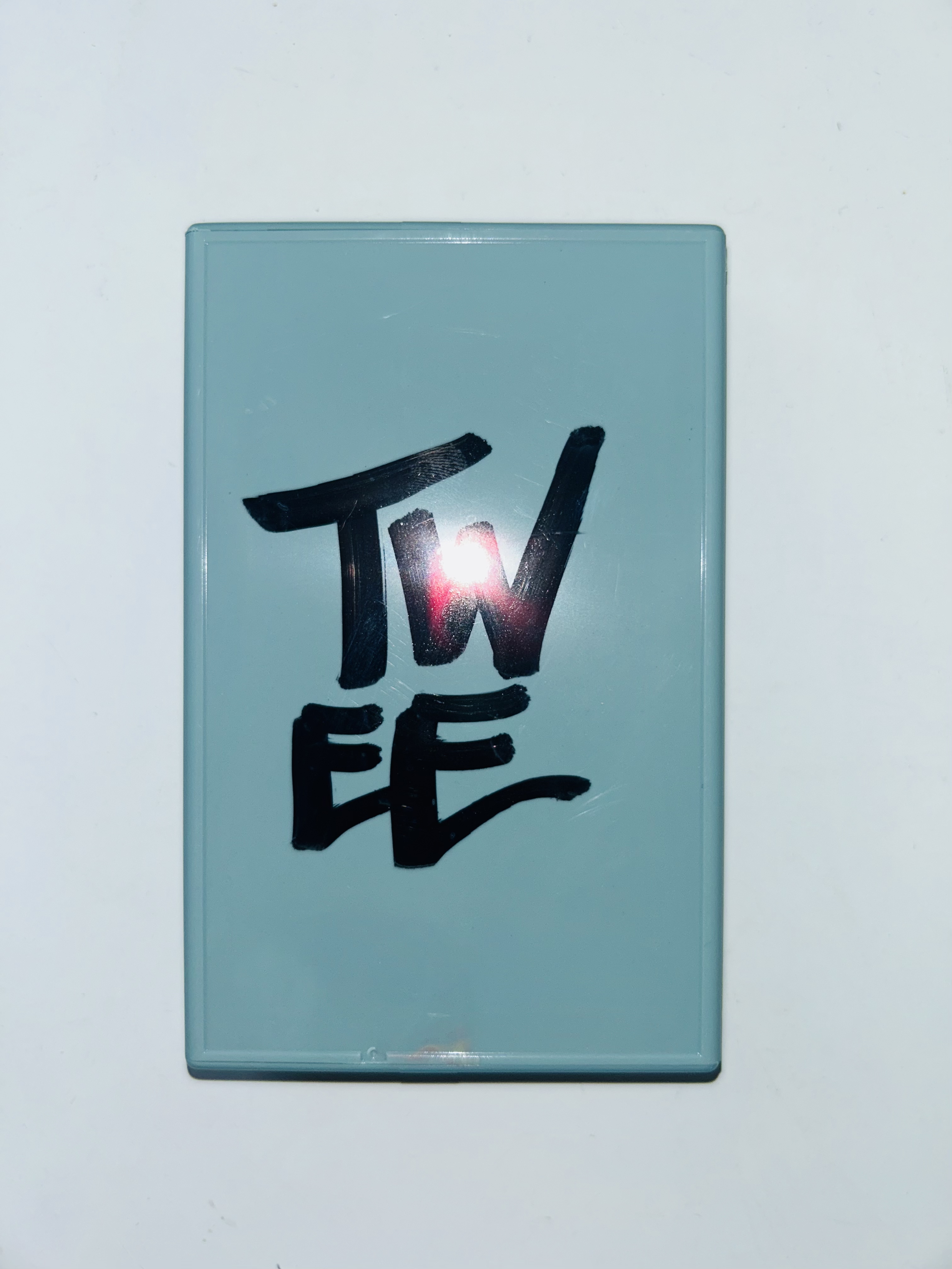
Fragmented Organ (22 Organ pipes, wooden plinths, mechanic airblowers, PVC tubing, RVS tubin)
In collaboration with Joppe Venema, we created a site-specific soundinstallation supported by a stipend from the municipality of Zaandam. Weworked with Flentrop Orgelbouw, one of North Holland’s oldest organ builders,whose legacy is little known in the local community. Drawing on the historicaland social role of the organ, we recontextualized it by installing 22 organ pipeson the roof of project space, WILLIE, located in a busy industrial zone. Icomposed a sound piece by mechanically operating the organ pipes whichresonates with the surrounding environment. The installation highlighted acontrast between sacred sound and commercial space, encouraging audiencesto reconsider their sonic and social surroundings. Remarkably, the sound ofpassing cargo ships was identical to the sound of the largest organpipe.
Made possible by the Municipality of Zaandam & Orgelbouw Flentrop
Collaboration: Joppe Venema
In collaboration with Joppe Venema, we created a site-specific soundinstallation supported by a stipend from the municipality of Zaandam. Weworked with Flentrop Orgelbouw, one of North Holland’s oldest organ builders,whose legacy is little known in the local community. Drawing on the historicaland social role of the organ, we recontextualized it by installing 22 organ pipeson the roof of project space, WILLIE, located in a busy industrial zone. Icomposed a sound piece by mechanically operating the organ pipes whichresonates with the surrounding environment. The installation highlighted acontrast between sacred sound and commercial space, encouraging audiencesto reconsider their sonic and social surroundings. Remarkably, the sound ofpassing cargo ships was identical to the sound of the largest organpipe.
Made possible by the Municipality of Zaandam & Orgelbouw Flentrop
Collaboration: Joppe Venema
2025
![]()
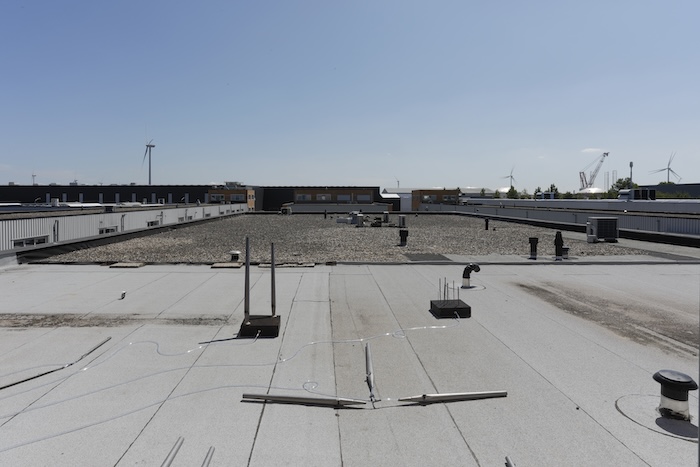


Hybrid Resonance
Hybrid Resonance is a self playing acoustic artefact played by two entities, human and machine. The aim of the project is to explore the possibilities of a self sufficient AI system but above all the human self reflective qualities of machine learning in the form of a collaborative music performance. The project is a collaborative effort between Malou Van Der Veld and Teodoro Rava.
As passionate advocates for gender politics, they sought to address the issue of bias inherent in AI systems and algorithmic injustice in response to a client project from Google DeepMind. While acknowledging the significance of this problem, they also recognised the limitations of seeking solutions through technology. Thus, they chose to pursue a more applied approach that would offer a safe haven for for individuals to explore to use of AI technology and its link to avant-garde music production.
Hybrid Resonance is a self playing acoustic artefact played by two entities, human and machine. The aim of the project is to explore the possibilities of a self sufficient AI system but above all the human self reflective qualities of machine learning in the form of a collaborative music performance. The project is a collaborative effort between Malou Van Der Veld and Teodoro Rava.
As passionate advocates for gender politics, they sought to address the issue of bias inherent in AI systems and algorithmic injustice in response to a client project from Google DeepMind. While acknowledging the significance of this problem, they also recognised the limitations of seeking solutions through technology. Thus, they chose to pursue a more applied approach that would offer a safe haven for for individuals to explore to use of AI technology and its link to avant-garde music production.
2021-2024
![]()
![]()
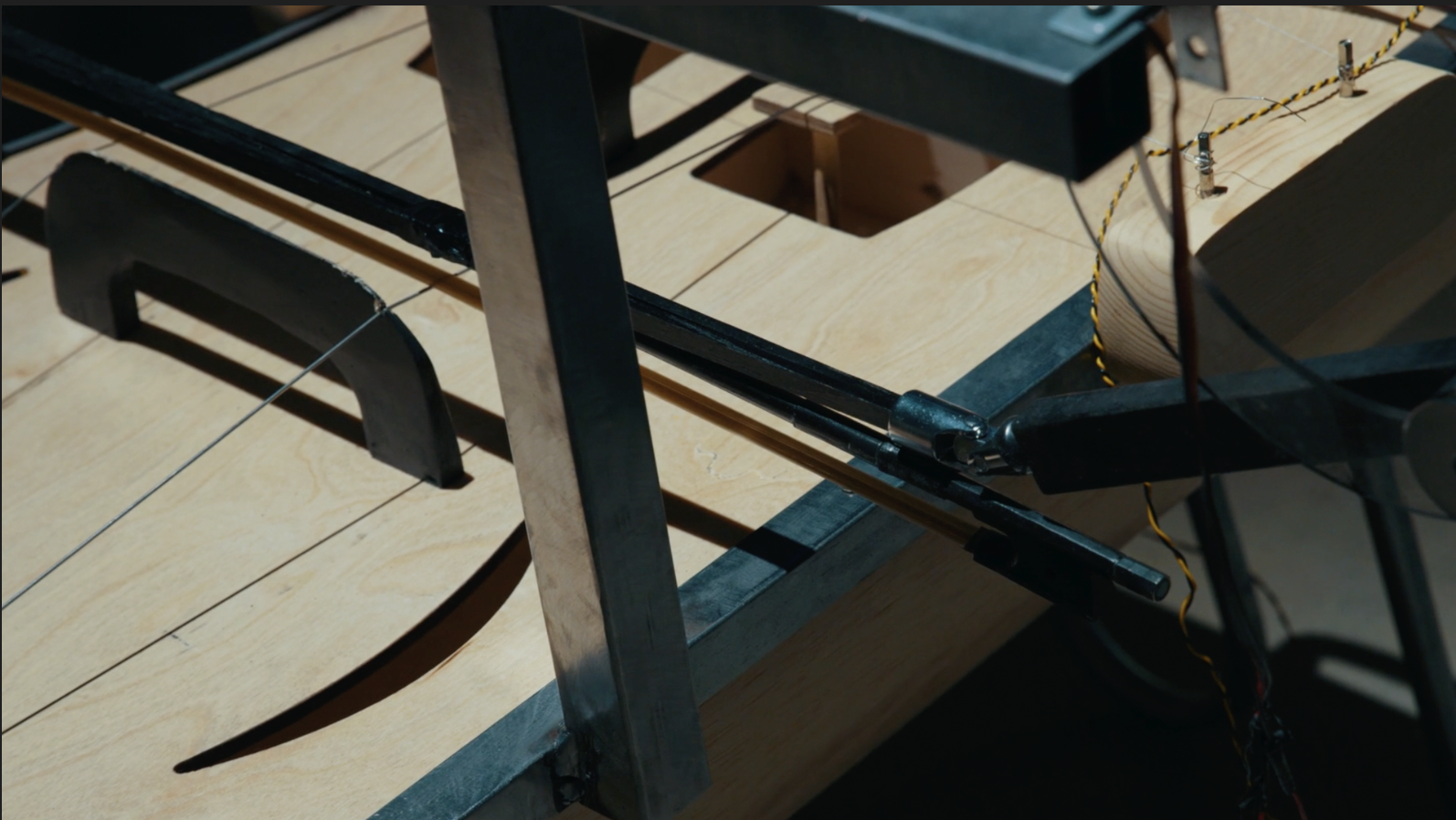
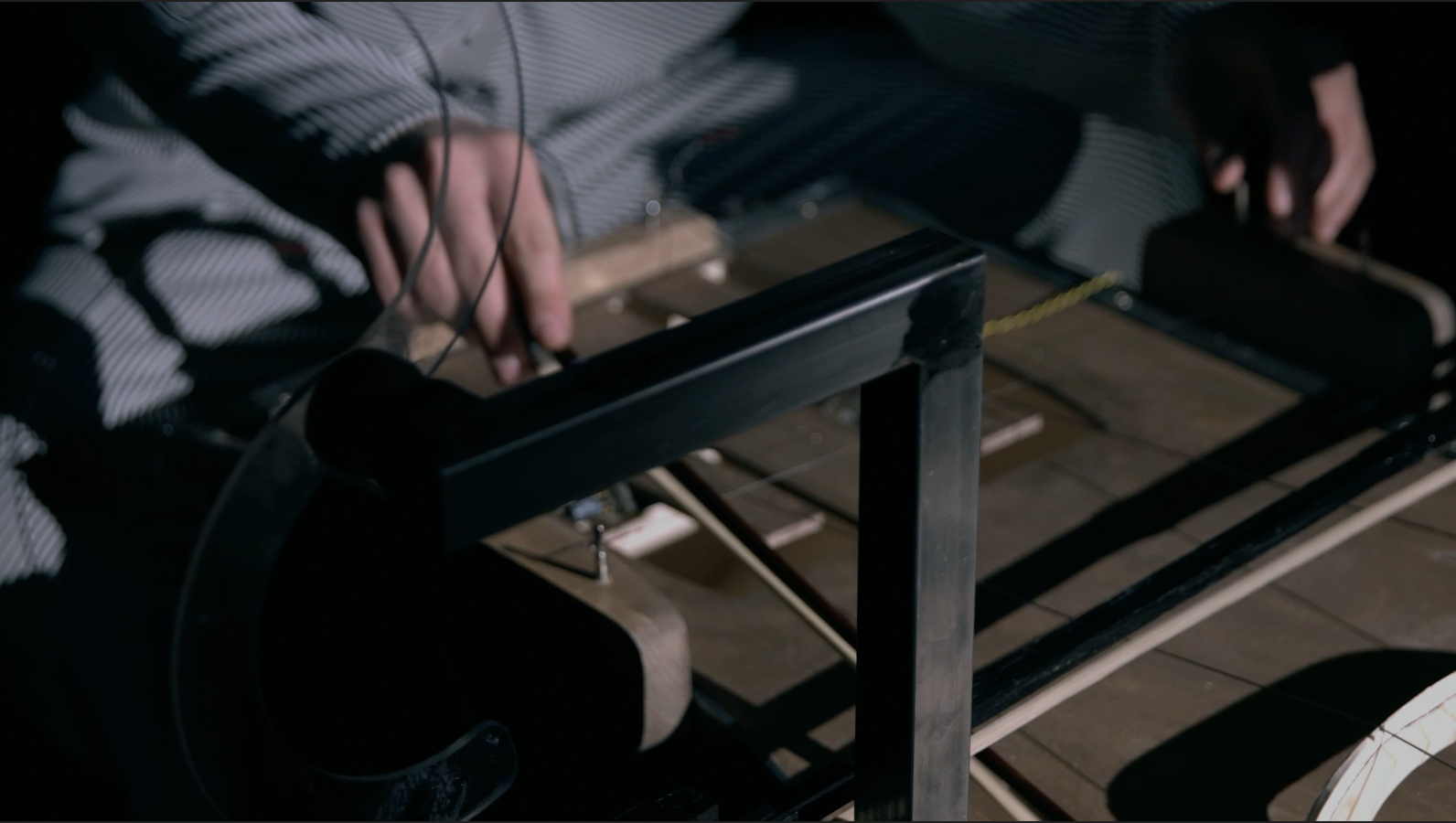
Dancing in The Dirt
The immersive journey of "Dancing in The Dirt," is an audio-visual installation set against the backdrop of TATA Steel, an industrial complex in IJmuiden, which is the highest polluter in the Netherland. The factory is accused of releasing heavy metals and extensive energy misuse. This installation emerges from extensive research into non-anthropocentrism and is deeply rooted in Malou van der Veld's heritage. With a personal connection to this site through her family history and upbringing, she was compelled to show a forgotten narrative – one that shifts the focus from the human-centric perspective. The installation sheds light on endangered species that have remarkably found refuge within the diverse ecosystems of this automated factory. The narrative unfolds through the voices of three distinct stakeholders: Willem, the engineer integral to the construction of the second steel furnace in 1968; Benedicte Fiqck, the lawyer at the forefront of the legal battle against the factory; and Ruud Bussink, Ecologist of TATA Complex.
Dancing in the Dirt’ was on show at het Hem, Zaandam, Van Zijll Langhout Contemporary Art, Amsterdam, Dutch Design Week, Eindhoven and ArtSect Gallery, London. Future Exhibitions include Art Island in Ijmuiden, Netherlands.
The immersive journey of "Dancing in The Dirt," is an audio-visual installation set against the backdrop of TATA Steel, an industrial complex in IJmuiden, which is the highest polluter in the Netherland. The factory is accused of releasing heavy metals and extensive energy misuse. This installation emerges from extensive research into non-anthropocentrism and is deeply rooted in Malou van der Veld's heritage. With a personal connection to this site through her family history and upbringing, she was compelled to show a forgotten narrative – one that shifts the focus from the human-centric perspective. The installation sheds light on endangered species that have remarkably found refuge within the diverse ecosystems of this automated factory. The narrative unfolds through the voices of three distinct stakeholders: Willem, the engineer integral to the construction of the second steel furnace in 1968; Benedicte Fiqck, the lawyer at the forefront of the legal battle against the factory; and Ruud Bussink, Ecologist of TATA Complex.
Dancing in the Dirt’ was on show at het Hem, Zaandam, Van Zijll Langhout Contemporary Art, Amsterdam, Dutch Design Week, Eindhoven and ArtSect Gallery, London. Future Exhibitions include Art Island in Ijmuiden, Netherlands.
Fungal Wars
Fungal Wars is a thought-provoking performance spanning over one full week. It satirically portrays a lab-based bloodsport, where engineered mycelium species fight for dominance, resources, and territory. In an era of impending environmental catastrophe, Western culture seeks salvation through technological advancements.
Mycelium, touted as a wonder material, holds promise to address critical issues. However, Fungal Wars challenges the notion that mere material replacements are sufficient; instead, it calls for a shift towards cooperation and symbiosis with nature. there is a paradox inherent in bio-design: the very act of manipulating living organisms for human purposes could be seen as an expression of anthropocentrism, since it prioritises human needs and desires over those of other organisms. This paradox highlights the ethical challenges of bio-design and the need to carefully consider the implications of using living organisms for human purposes.
The project unfolds through three executive games, namely Closed Combat, the 0.62 Dash, and King of the Hill. Engineered Reishi and Oyster species engage in simulated battles within custom glass vessels. Monitoring their growth determines the victors. UV photography techniques document chemical releases during these confrontations, offering valuable insights. Fungal Wars invites viewers to contemplate humanity's relationship with nature and the consequences of unchecked exploitation in the pursuit of progress. It serves as a poignant reminder of the need to embrace a culture of cooperation and symbiosis for a sustainable future.
Fungal Wars is currently on show at Bio Art Laboratories, Eindhoven. Fungal Wars is covered in Dezeen and Malou will discuss her findings during a podcast for FutureBased.
Fungal Wars is a thought-provoking performance spanning over one full week. It satirically portrays a lab-based bloodsport, where engineered mycelium species fight for dominance, resources, and territory. In an era of impending environmental catastrophe, Western culture seeks salvation through technological advancements.
Mycelium, touted as a wonder material, holds promise to address critical issues. However, Fungal Wars challenges the notion that mere material replacements are sufficient; instead, it calls for a shift towards cooperation and symbiosis with nature. there is a paradox inherent in bio-design: the very act of manipulating living organisms for human purposes could be seen as an expression of anthropocentrism, since it prioritises human needs and desires over those of other organisms. This paradox highlights the ethical challenges of bio-design and the need to carefully consider the implications of using living organisms for human purposes.
The project unfolds through three executive games, namely Closed Combat, the 0.62 Dash, and King of the Hill. Engineered Reishi and Oyster species engage in simulated battles within custom glass vessels. Monitoring their growth determines the victors. UV photography techniques document chemical releases during these confrontations, offering valuable insights. Fungal Wars invites viewers to contemplate humanity's relationship with nature and the consequences of unchecked exploitation in the pursuit of progress. It serves as a poignant reminder of the need to embrace a culture of cooperation and symbiosis for a sustainable future.
Fungal Wars is currently on show at Bio Art Laboratories, Eindhoven. Fungal Wars is covered in Dezeen and Malou will discuss her findings during a podcast for FutureBased.
2022 - 2023
![]()
![]()
![]()
![]()
